The Orlando Wetlands Park (OWP) hosted the Water is Life Festival on Saturday, Feb. 22, an event that educated the public about Florida’s ecosystems while showcasing how OWP and the City of Orlando work to protect and sustain these environments. OWP is a man-made wetland designed to provide advanced treatment for reclaimed water from the City of Orlando and other local cities to return to the local ecosystems and bodies of water, such as the St. Johns River.
Rollins’ representation at the event included its Environmental Studies Department, Rollins Sustainability, Eco-Rollins, and the Freshwater Alliance (FAR). The FAR exhibition actively contributed to the festival by encouraging guests to go on an interactive scavenger hunt throughout the OWP, allowing attendees to discover and learn about the wetlands firsthand.
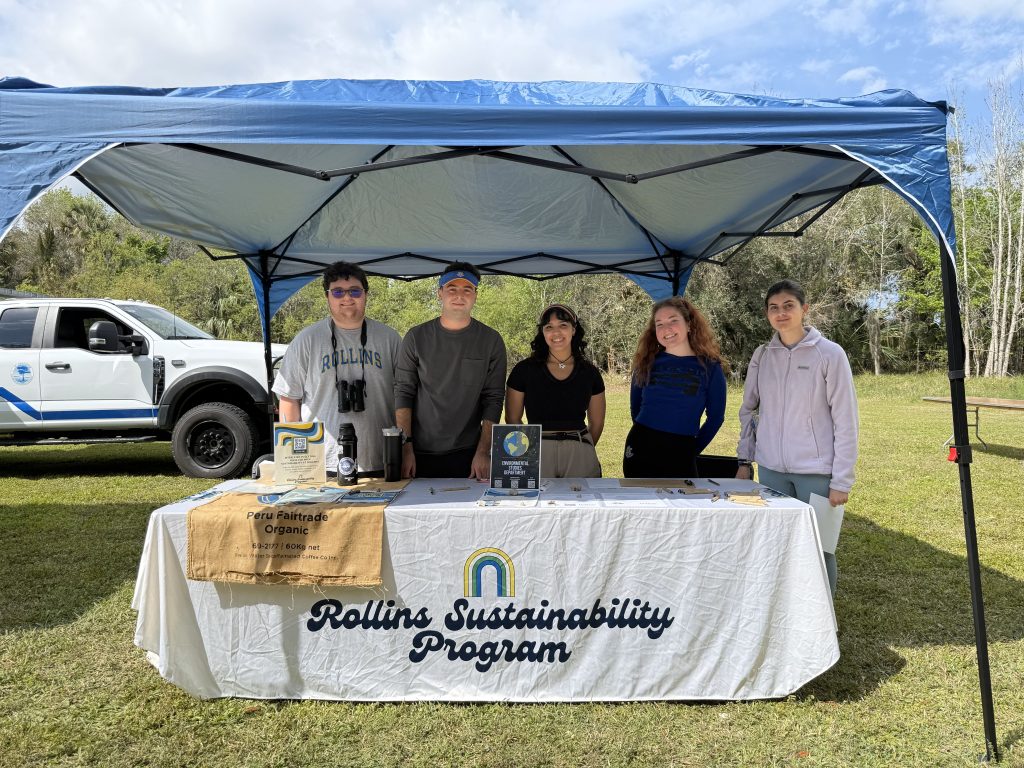
Along with the Rollins environmental organizations, many big-name organizations attended and held exhibitions at the festival. Some of the local Floridian organizations included the City of Orlando, Merritt Island National Wildlife Refuge, Brevard Zoo, the St. Johns River Management, and the Florida Forest Service. The nationally known organizations that were also in attendance included The Nature Conservancy, Audubon, the National Park Service, and the Sierra Club.
Aside from water conservation, a major theme of the festival was community engagement and education, which was evident in both the choice of exhibitors and of the OWP.
The OWP hosted a variety of activities for attendees, such as bus tours, led in both in English and Spanish, that took guests around the wetlands to teach them about the design and purpose of the wetlands. These tours can increase community understanding of the importance of wetland ecosystems, especially in Florida. They allow people to experience wildlife firsthand in their natural habitats rather than in a zoo and provide the community with an opportunity to have an intimate experience with nature that could spark a passion to protect it.
For even more close-up experiences, the OWP led various guided hikes for the community to learn more about Floridian wildlife and ecosystems. There were ongoing guided birding hikes that took guests through mixed marsh (wetlands with a diverse mixture of water-loving plants) areas to observe and learn about the over-253 bird species that call the Orlando wetlands home. There were also native plant identification hikes that took guests through a palm and oak hammock to teach them about native Florida plant species and how to identify them out in the wild.
These two opportunities for community environmental education can aid conservation efforts. When people intimately experience nature the way that they do in these hikes, they form a connection to nature. People are able to fully understand the importance of what is at stake, which sparks them to become more involved in local, and even national, conservation efforts.
The festival also hosted native plant giveaways, which aid in the restoration of Floridian ecosystems as they grant people access to native plants that they can plant in their own backyards. Not only does this engage the community in local restoration efforts but also inspires them. By planting native plants, people can feel like they are part of the change, part of the future of Florida’s ecosystems.
There was an emphasis on youth environmental education at the festival. Two local Orange County schools had exhibitions presenting environmental issues. Baldwin Park Elementary had presentations on water reclamation, and Timber Lakes Elementary had a robotics display and a recycled art display.
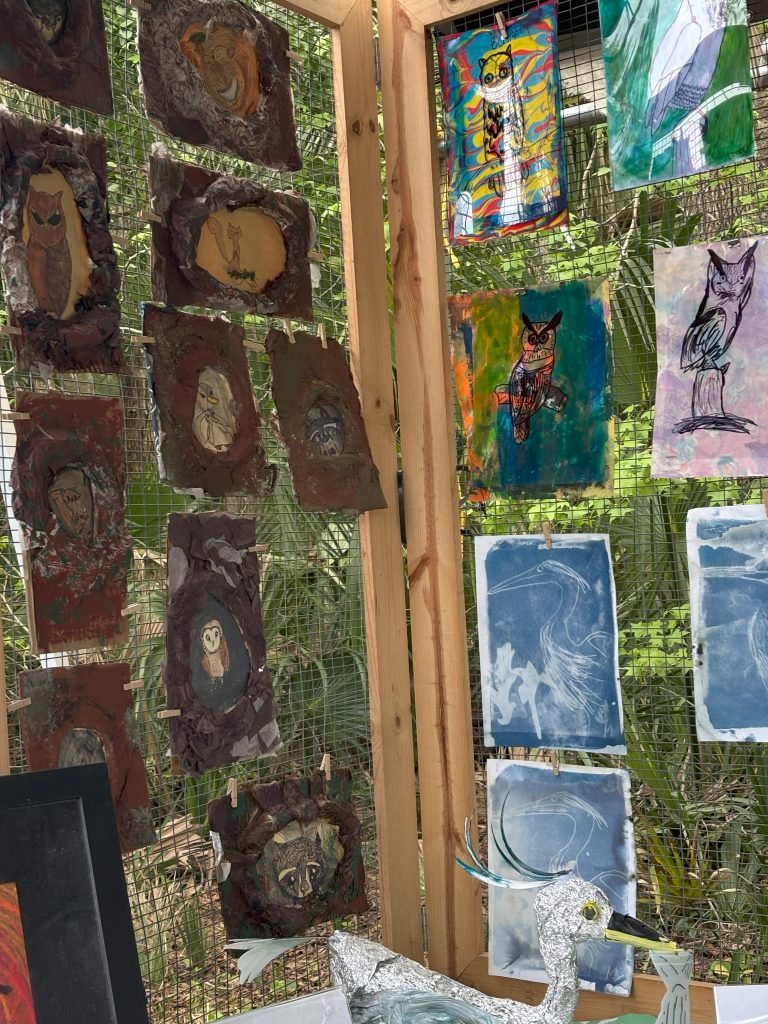
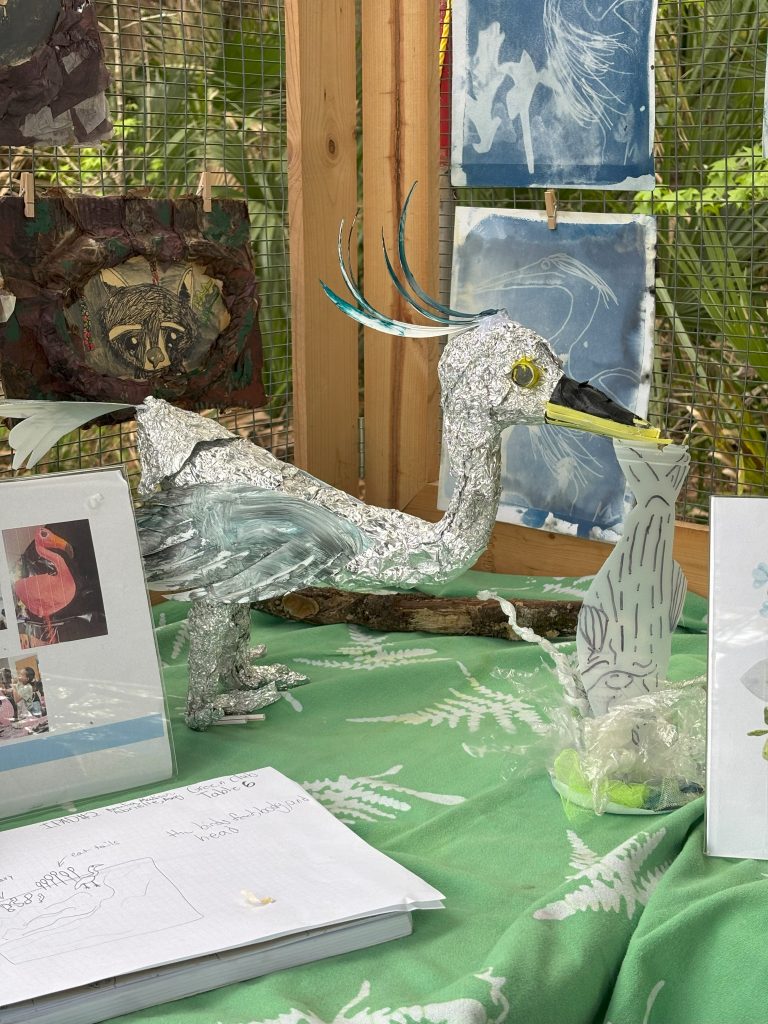
Environmental education for the youth is extremely important for the future of conservation because it fosters a sense of stewardship by teaching children how their actions impact the natural world and their role in protecting it.
Beyond educating the youth, the festival highlighted ways for everyone to become active participants in conservation. One initiative at the festival was the City Nature Challenge. Originally organized by the California Academy of Sciences and Los Angeles County Natural History Museum, this bioblitz-style competition engages people to find and document plants and wildlife in their local city environments. Locally, the initiative is supported by the Nature Conservancy, Orange and West Volusia Audubon, the City of Orlando, the Florida Trail Association, The Institute for Water and Environmental Resilience at Stetson University, and the Lyonia Environmental Center.
The City Nature Challenge is crucial for the future of conservation and environmental protection. It is an accessible and fun challenge that gets people outside to enjoy their outdoor spaces and contribute to scientific research. Most importantly, it helps combat environmental doomism by showing people that their individual efforts matter. When participants document local species and share their findings, they become active contributors to conservation, not just passive observers of environmental decline.
This year’s challenge takes place from April 25–28. To participate, all you need is the free iNaturalist app or website where you can upload pictures of wildlife (while keeping track of the location). For more information, visit www.citynaturechallenge.org.
The Water is Life festival exemplified what conservationist Aldo Leopold called for in his work “A Sand County Almanac:” the development of a “land ethic” that extends our sense of community to include not just people but also nature.
Through guided wetland tours, native plant giveaways, and community and youth education and engagement programs, the festival helps build exactly the kind of connection to nature that Leopold knew was essential. When people directly experience and learn about their local ecosystems, they begin to see themselves as part of nature rather than separate from it.
As Leopold wrote, “We abuse land because we regard it as a commodity belonging to us. When we see land as a community to which we belong, we may begin to use it with love and respect.”
The Water is Life festival shows how this vision can become a reality: by bringing people together, fostering hands-on experiences with nature, and empowering everyone, especially the youth, to become active stewards of Florida’s precious ecosystems. We need to bring nature back to the people and, most importantly, people back to nature.
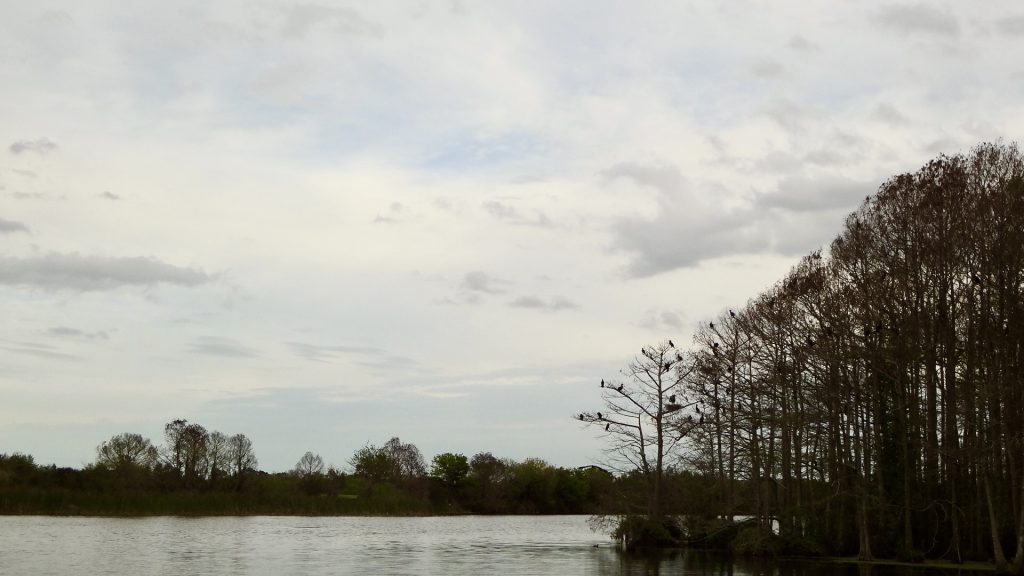
The opinions on this page do not necessarily reflect those of The Sandspur or Rollins College. Have any additional tips or opinions? Send us your response. We want to hear your voice.

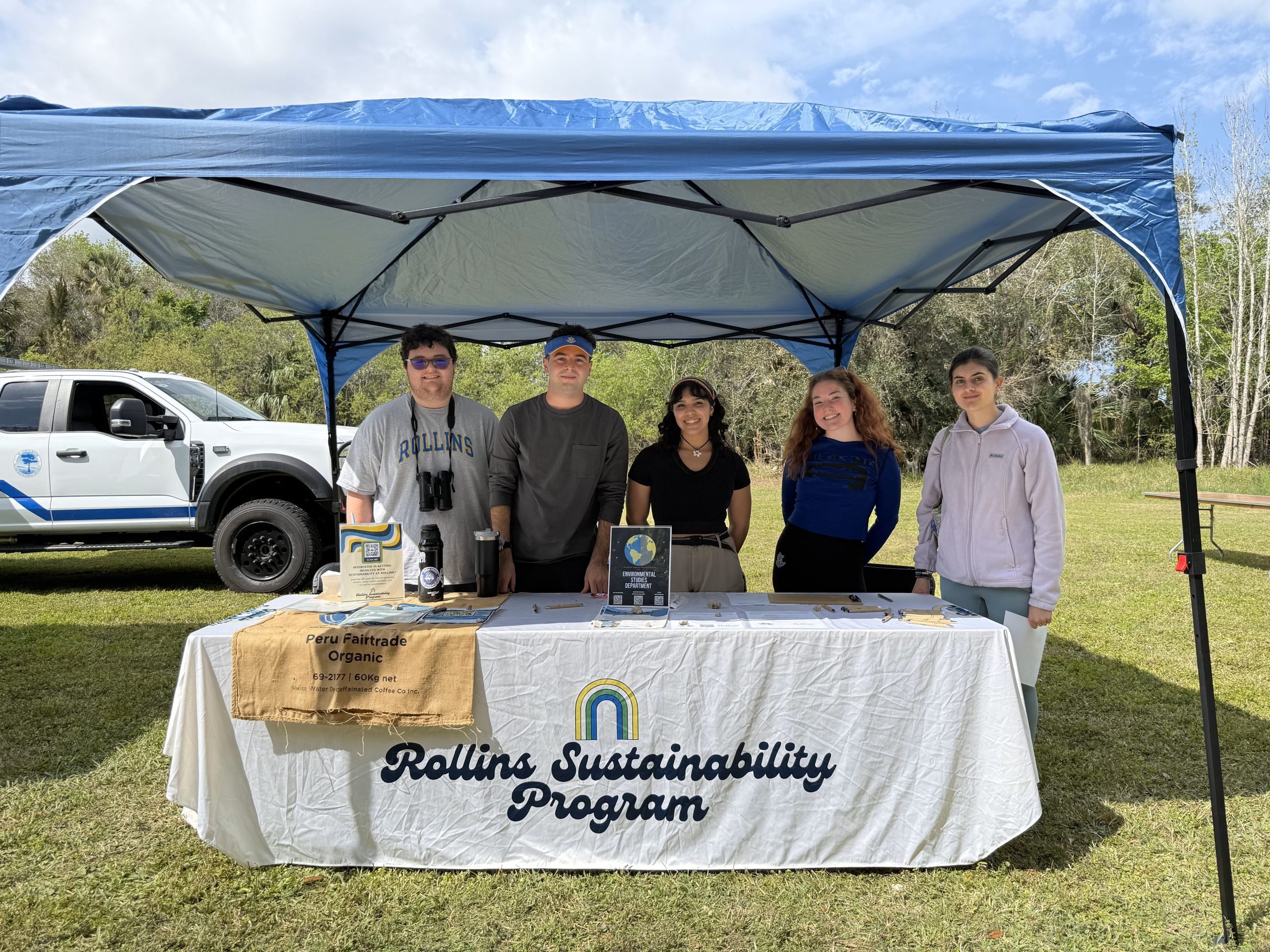
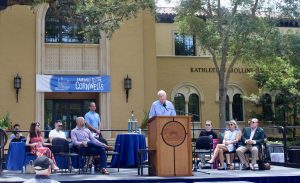
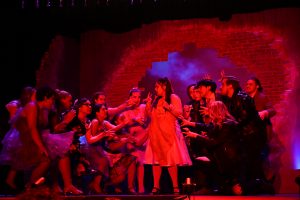
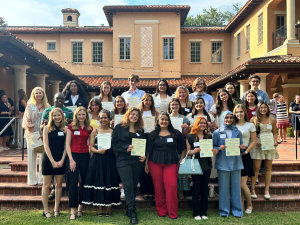
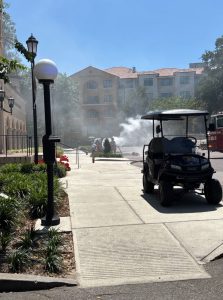
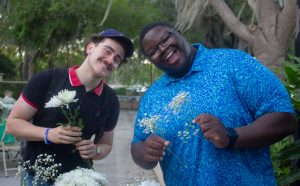
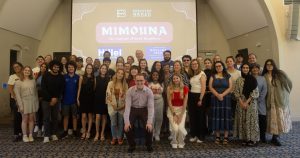
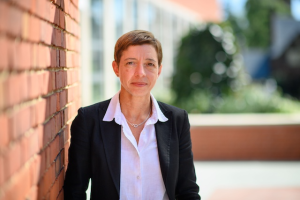

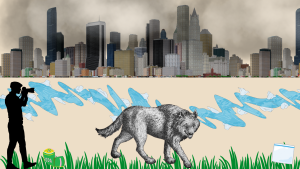

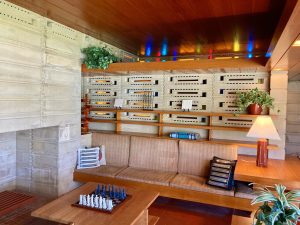
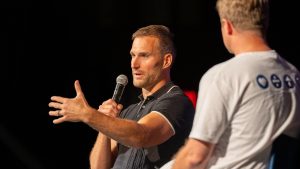

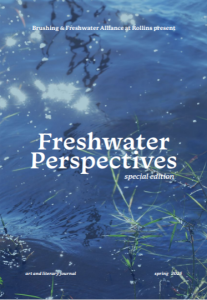
Comments are closed.